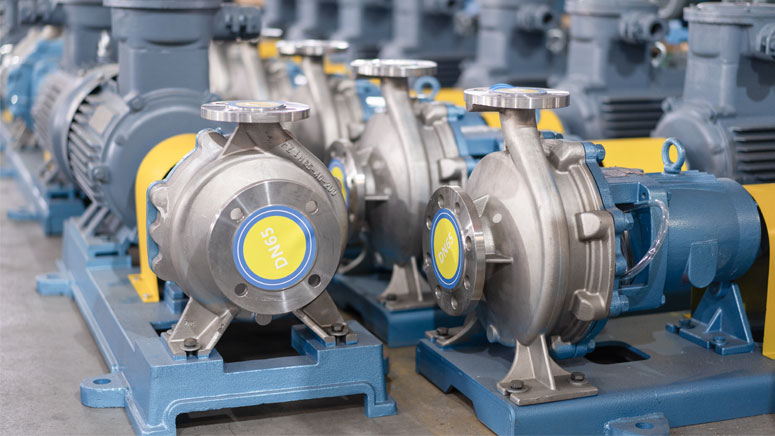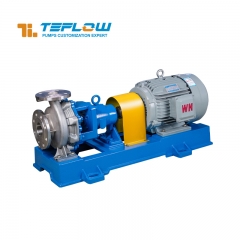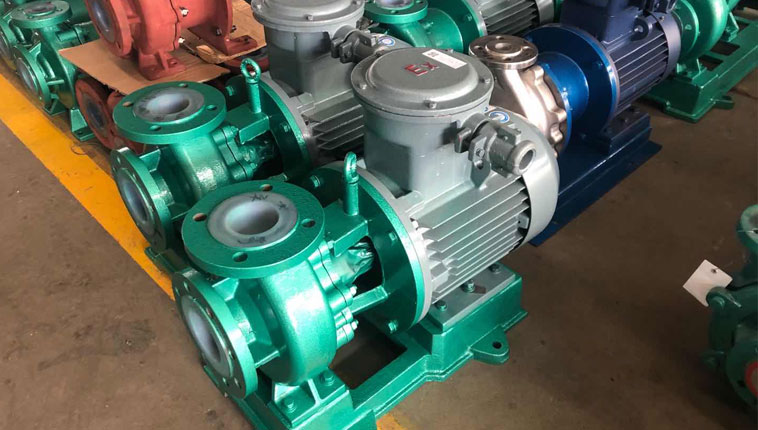Centrifugal pumps are common mechanical devices used for liquid transportation and pressure generation. However, during operation, cavitation and air binding may occur, affecting the pump's performance and lifespan. This article explores the differences between centrifugal pump cavitation and air binding, their causes, and corresponding avoidance methods, to help users better understand and address these issues.
Ⅰ.Differences between Cavitation and Air Binding
Cavitation refers to the formation of vapor bubbles in the liquid on the suction side of the centrifugal pump, accompanied by liquid compression, resulting in partial gasification in the pump chamber, leading to reduced suction pressure, decreased flow rate, and pressure drop.
Air binding, on the other hand, occurs when the liquid inside the centrifugal pump forms a gas film due to excessive flow velocity or low liquid temperature, resulting in the suction port being blocked by gas, preventing the pump from properly drawing in liquid.

Ⅱ.Causes
Cavitation may occur due to insufficient inlet pressure, high liquid temperature, improper operating conditions, etc. When the inlet pressure is lower than the vapor pressure of the liquid, cavitation occurs as the liquid vaporizes and forms bubbles.
Air binding can be caused by factors such as high liquid flow velocity, low liquid temperature, and poor inlet pipe design. High-speed flowing liquid or low-temperature liquid is prone to form gas films, leading to air binding.
Ⅲ.Countermeasures
To address cavitation, methods such as increasing inlet pressure, reducing liquid temperature, and adjusting operating conditions can be employed. For example, increasing the height of the inlet pipe or installing a suction pump to raise the inlet pressure, controlling liquid temperature, and adjusting operating conditions.
For air binding issues, reducing liquid flow velocity, increasing liquid temperature, and improving inlet pipe design can help alleviate the problem. Slowing down liquid flow, raising liquid temperature, and optimizing pipeline layout can reduce the occurrence of air binding.
In conclusion, while cavitation and air binding in centrifugal pumps both affect normal pump operation, their causes and solutions differ slightly. By understanding their differences and causes, and taking appropriate measures, these issues can be effectively prevented and addressed, ensuring the stable operation of centrifugal pumps.





 +86 18130251359
+86 18130251359 teflowpumps@tlpumps.com
teflowpumps@tlpumps.com











 +86+0563-5093318
+86+0563-5093318
